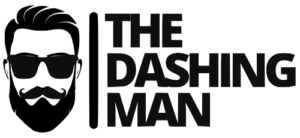Shaving is a common grooming practice for many individuals, and it can leave your skin smooth and hair-free. However, one common issue that arises after shaving, particularly in the chest area, is the appearance of red bumps. These bumps, often known as razor bumps or pseudofolliculitis barbae, can be unsightly and even painful. Fortunately, there are various preventive measures you can take to minimize and avoid red spots on the chest after shaving. In this comprehensive guide, we will explore effective techniques and strategies to help you maintain a smooth, bump-free chest.
Exfoliation:
One of the key steps to preventing red bumps is regular exfoliation. Exfoliating the chest area before shaving helps remove dead skin cells and unclogs hair follicles, allowing for a closer and smoother shave. Use a gentle scrub or a loofah to exfoliate the skin in circular motions, paying special attention to the chest area. This step will help reduce the chances of ingrown hairs and razor bumps.
Exfoliating your chest a few times a week not only helps with preventing red bumps but also promotes healthy skin by stimulating cell turnover and preventing clogged pores. It’s essential to choose a gentle exfoliant specifically designed for the body to avoid any harsh irritation.
Prepare the Skin:
Before you start shaving, it is essential to properly prepare your skin. Take a warm shower or apply a warm towel to the chest area to soften the hair and open up the pores. This helps make the shaving process easier and reduces the likelihood of irritation. Avoid using hot water, as it can dry out the skin and cause further irritation.
Additionally, consider using a pre-shave oil or gel. These products create a protective barrier between the razor and your skin, reducing friction and preventing irritation. Allow the pre-shave product to sit on your chest for a few minutes to soften the hair further and prepare the skin for shaving.
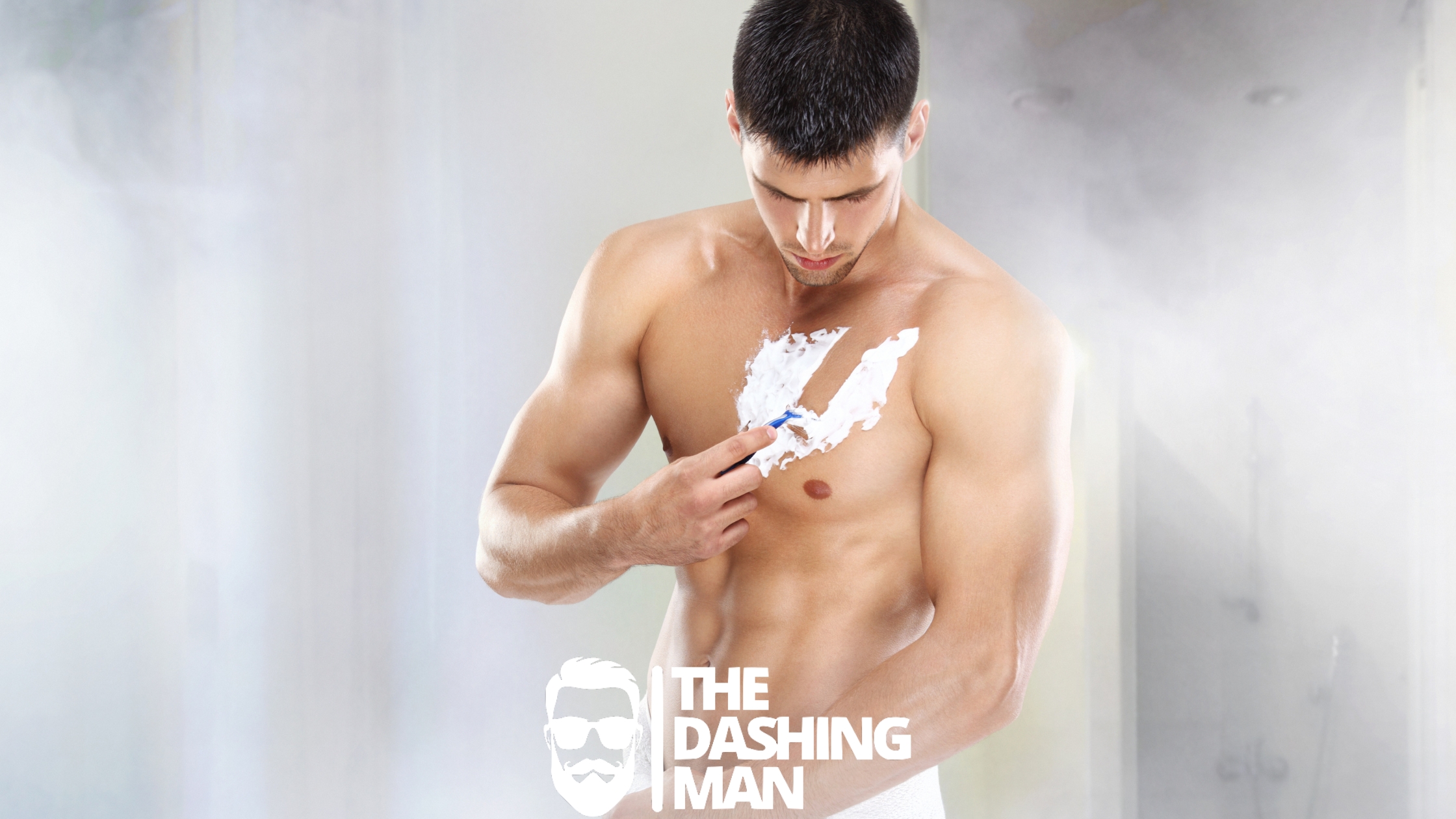

Use a Sharp Razor:
Using a sharp, clean razor is crucial for achieving a close shave without causing irritation. Dull blades can tug at the hair follicles, leading to irritation and red bumps. Replace your blades regularly, ideally after every 5-7 shaves, to ensure a clean and smooth shave. Additionally, consider using a razor with multiple blades, as they tend to provide a closer shave with fewer passes.
When choosing a razor, opt for one with a pivoting head that adjusts to the contours of your chest. This feature helps minimize the pressure applied to the skin and reduces the risk of nicks and cuts.
Shaving Technique: Prevent Red Bumps on the Chest
Adopting the right shaving technique can make a significant difference in preventing red bumps on the chest. Here are some tips to keep in mind:
a. Shave in the direction of hair growth: Shaving against the grain can increase the chances of ingrown hairs and razor bumps. Instead, shave in the direction of hair growth to minimize irritation.
b. Use light pressure: Apply light, gentle pressure while shaving to avoid excessive friction on the skin. Pressing too hard can cause razor burn and increase the risk of bumps.
c. Rinse the blade frequently: Rinse the blade with warm water after each stroke to remove any hair and shaving cream residue. This ensures a clean shave and reduces the likelihood of irritation.
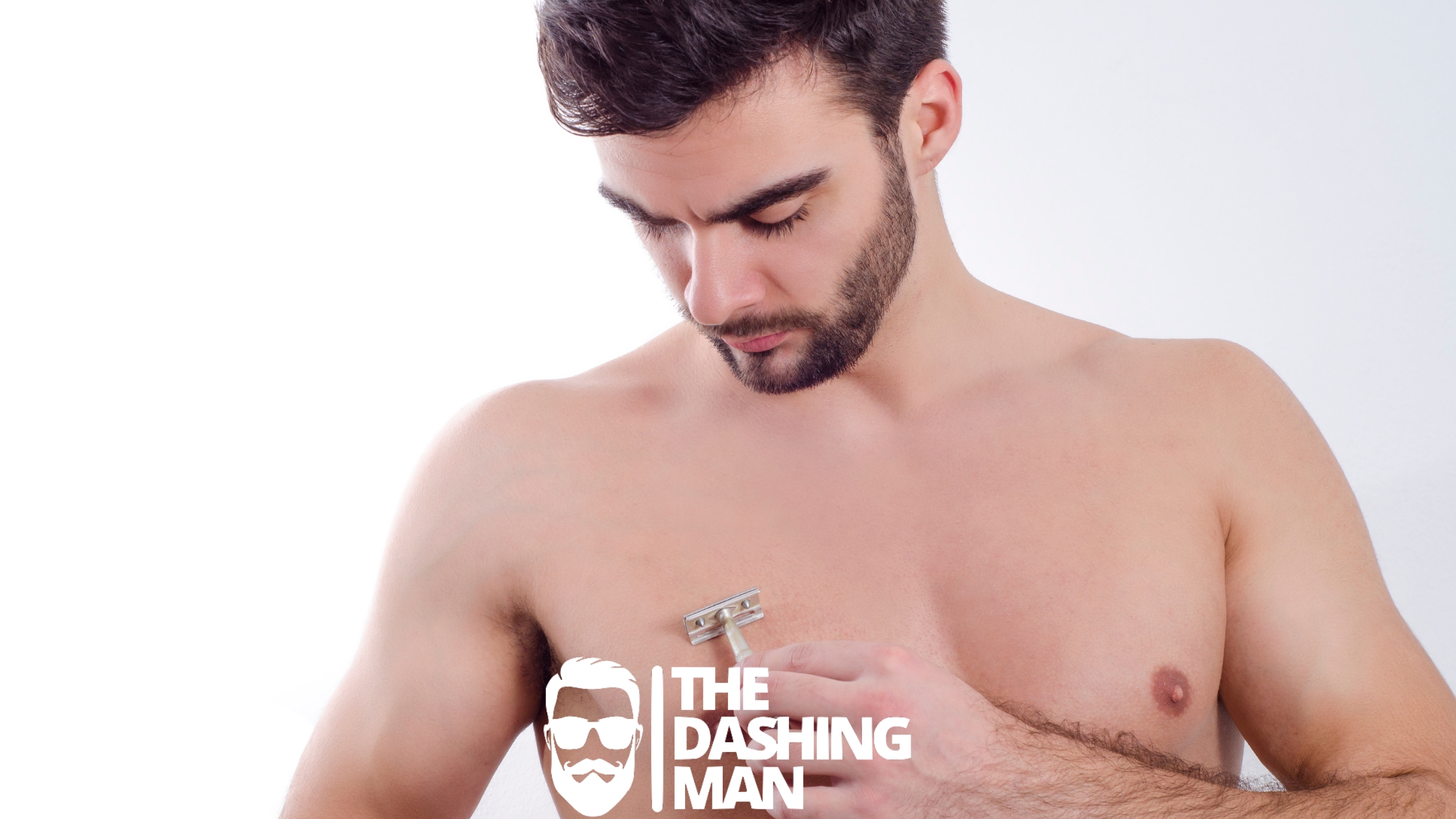

Moisturize: Prevent Red Bumps on the Chest
After shaving, it is crucial to moisturize the chest area to soothe the skin and prevent dryness. Choose a non-comedogenic moisturizer specifically formulated for sensitive skin. Look for ingredients such as aloe vera, chamomile, or tea tree oil, as they have soothing and anti-inflammatory properties. Apply the moisturizer in gentle circular motions until it is fully absorbed into the skin.
Moisturizing your chest regularly, even on non-shaving days, helps maintain the skin’s hydration levels and promotes overall skin health. Look for moisturizers that contain ingredients like hyaluronic acid or ceramides, which help lock in moisture and strengthen the skin barrier.
Avoid Tight Clothing: Prevent Red Bumps on the Chest
Wearing tight clothing immediately after shaving can increase friction and irritation, leading to red bumps. Opt for loose-fitting clothing that allows the skin to breathe. This will help prevent irritation and allow the skin to heal properly.
If you’re in a situation where tight clothing is necessary, consider using a breathable and moisture-wicking undershirt or layering your outfit with a cotton barrier to reduce friction and minimize irritation.
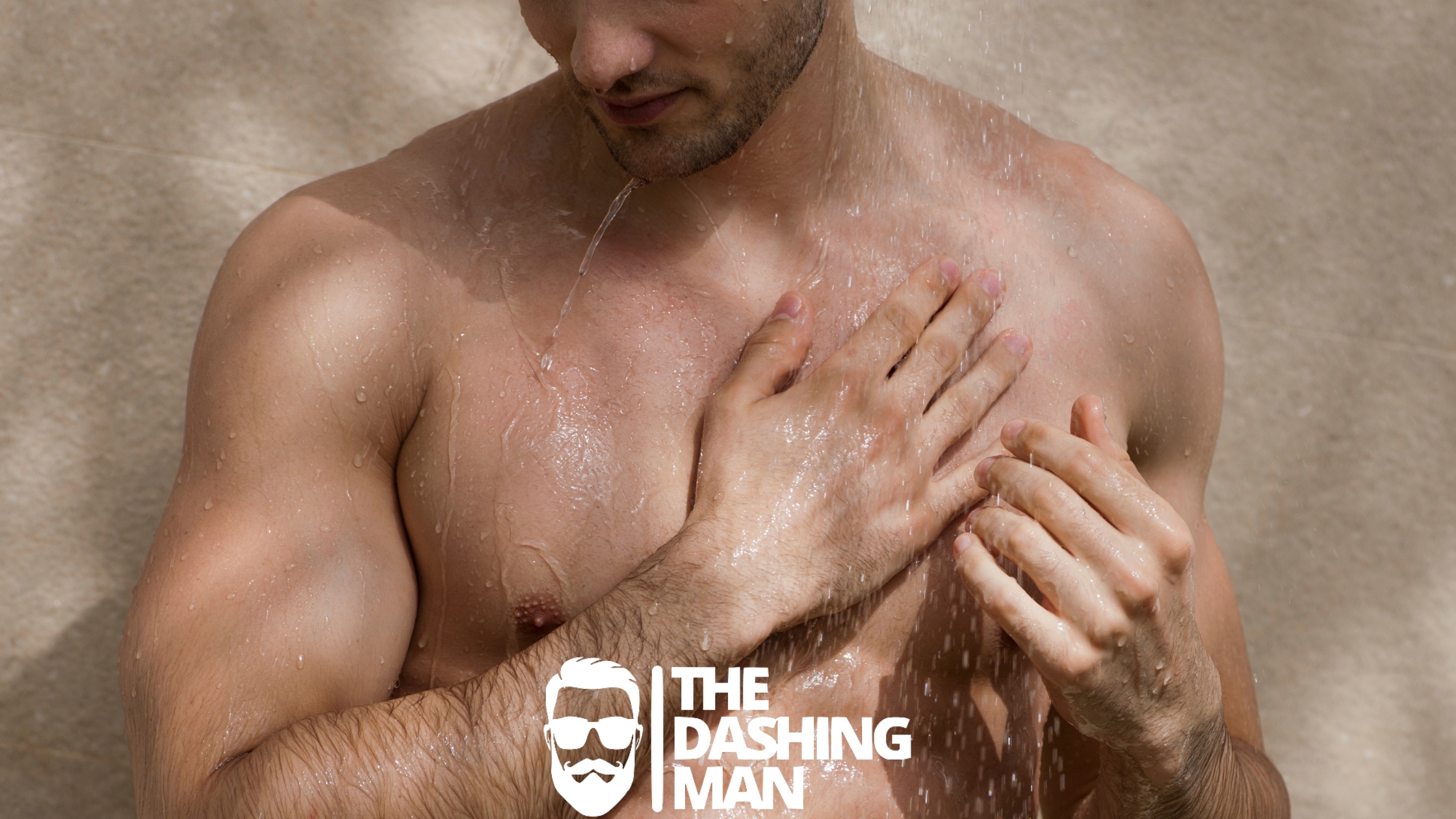

Avoid Overshaving:
Overshaving the chest area can exacerbate the problem of red bumps. Shave as infrequently as possible to give your skin a chance to recover and avoid irritation. If you must shave frequently, consider reducing the number of passes or using an electric trimmer instead.
If maintaining a smooth chest is important to you, consider exploring alternative hair removal methods such as waxing, laser hair removal, or depilatory creams. These methods can provide longer-lasting results and reduce the likelihood of red bumps.
Treat Existing Bumps: Prevent Red Bumps on the Chest
If you already have red bumps on your chest after shaving, there are several remedies you can try to alleviate the irritation and promote healing:
a. Warm compress: Apply a warm compress to the affected area to reduce inflammation and soothe the skin. The warmth helps open up the pores and release any trapped hairs.
b. Topical treatments: Look for over-the-counter creams or gels containing ingredients like salicylic acid or benzoyl peroxide. These can help reduce redness and inflammation. Apply them sparingly to the affected areas, following the product instructions.
c. Natural remedies: Aloe vera gel, tea tree oil, and witch hazel have anti-inflammatory properties and can provide relief. Apply them gently to the affected area, using a cotton pad or your fingertips.
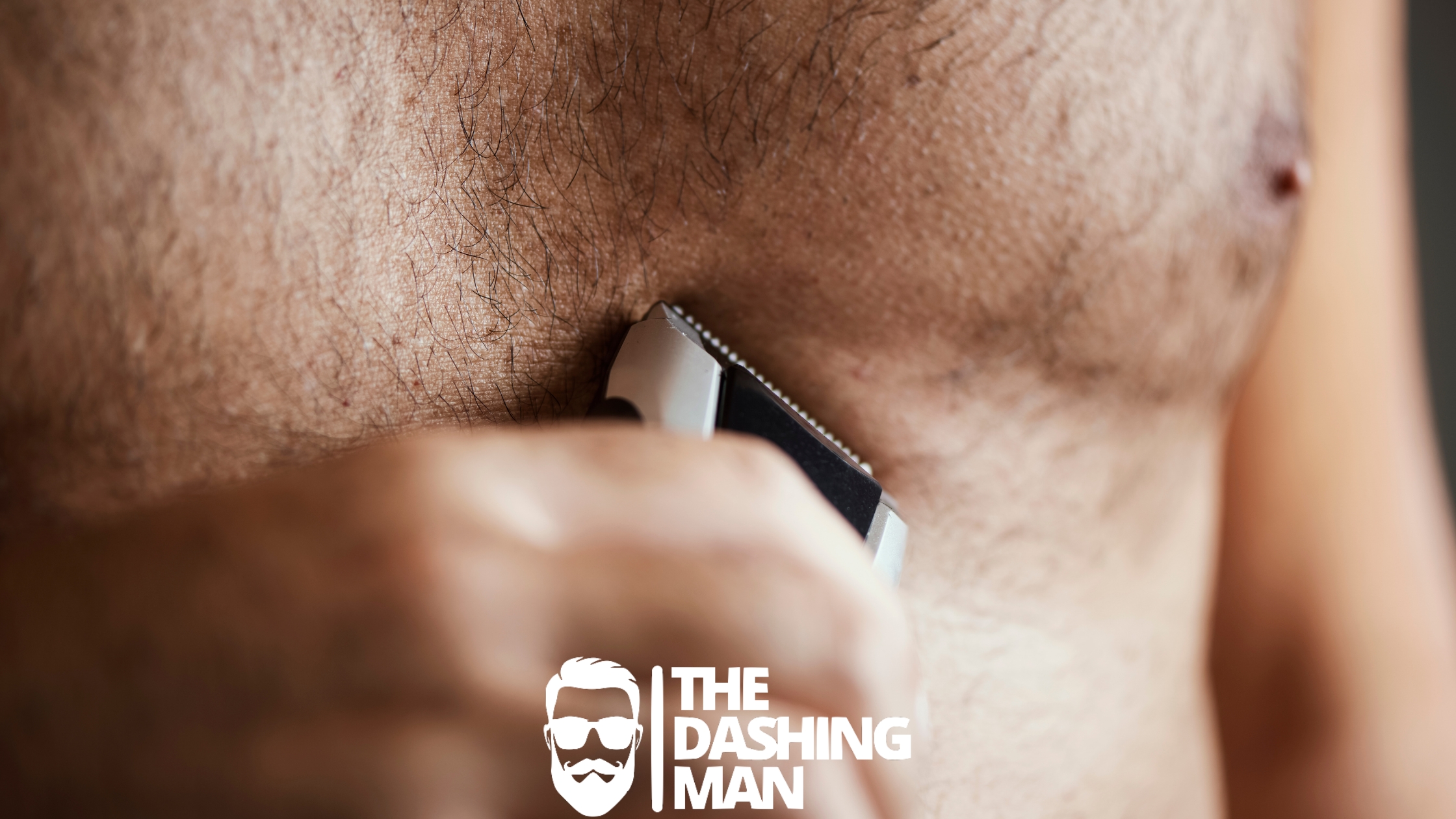

Avoid Shaving Too Close:
While a close shave may be desirable, shaving too close to the skin can increase the risk of red bumps. The shorter the hair is cut, the higher the chance of it curling back into the skin and causing irritation. Leave a small amount of stubble or opt for a slightly longer shave length to minimize the risk of ingrown hairs and razor bumps.
Consider Alternative Hair Removal Methods:
If you consistently struggle with red bumps on your chest after shaving, it may be worth exploring alternative hair removal methods. Waxing, laser hair removal, or depilatory creams can provide longer-lasting results and reduce the likelihood of bumps. Consult with a professional to determine the best option for your skin type and needs.
Conclusion:
By following these preventive measures and adopting a gentle shaving routine, you can significantly reduce the occurrence of red bumps on your chest after shaving. Remember to exfoliate, prepare your skin, use a sharp razor, employ the correct shaving technique, moisturize, avoid tight clothing, and treat any existing bumps effectively. With time and consistency, you can achieve a smooth and bump-free chest, enhancing your overall grooming routine. Always listen to your skin, and if the red bumps persist or worsen, it is recommended to consult a dermatologist for further guidance and treatment options.
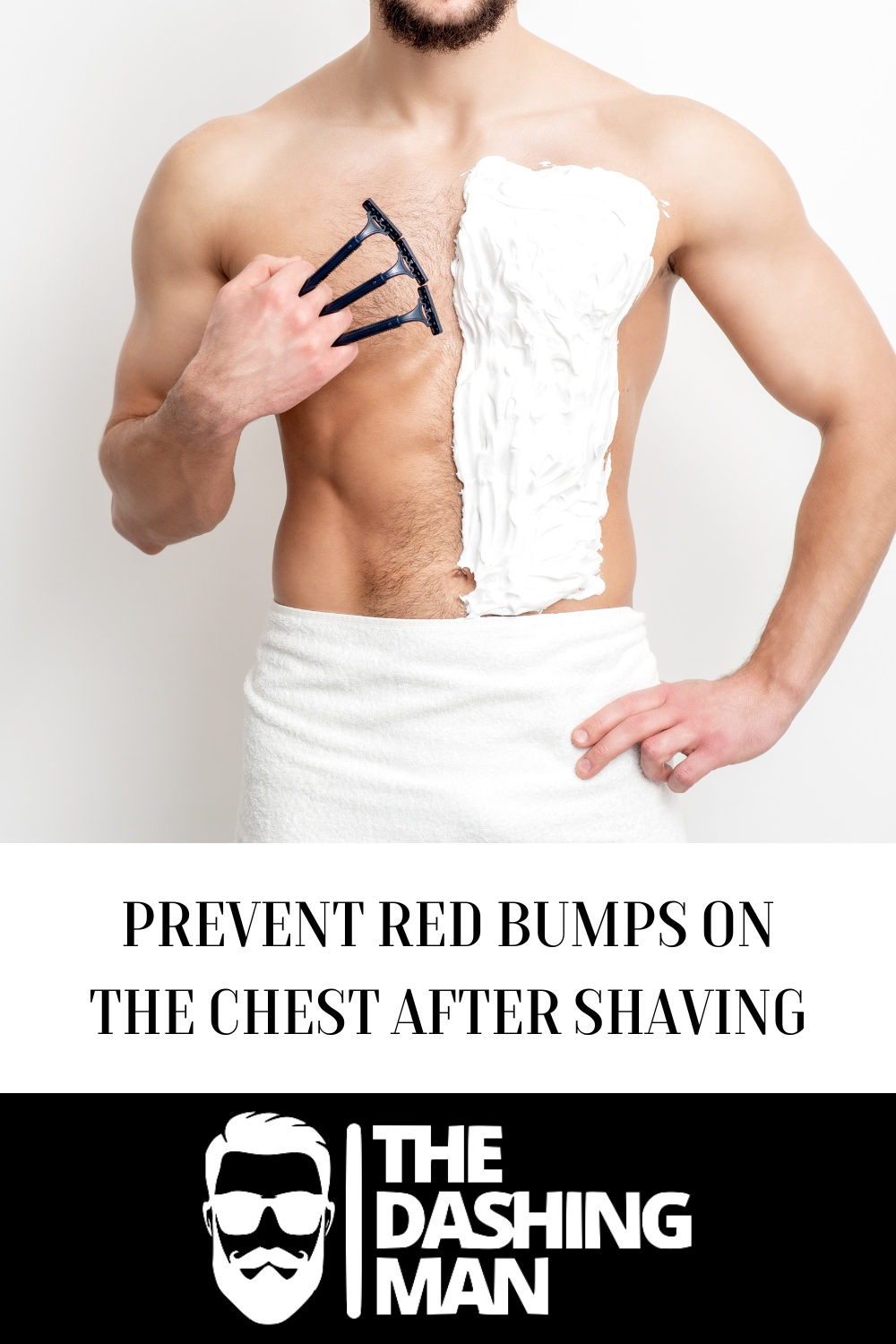

If you liked this post, check out some of our related posts too!
